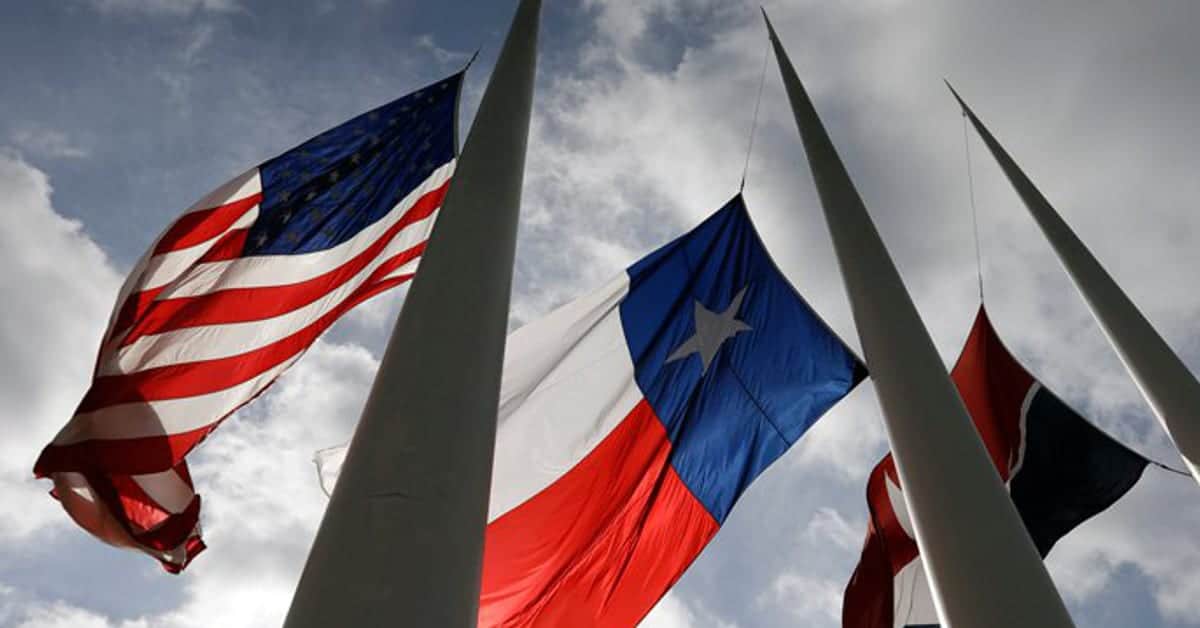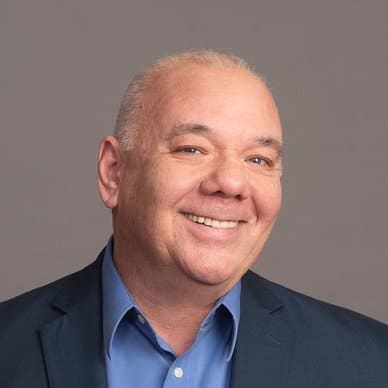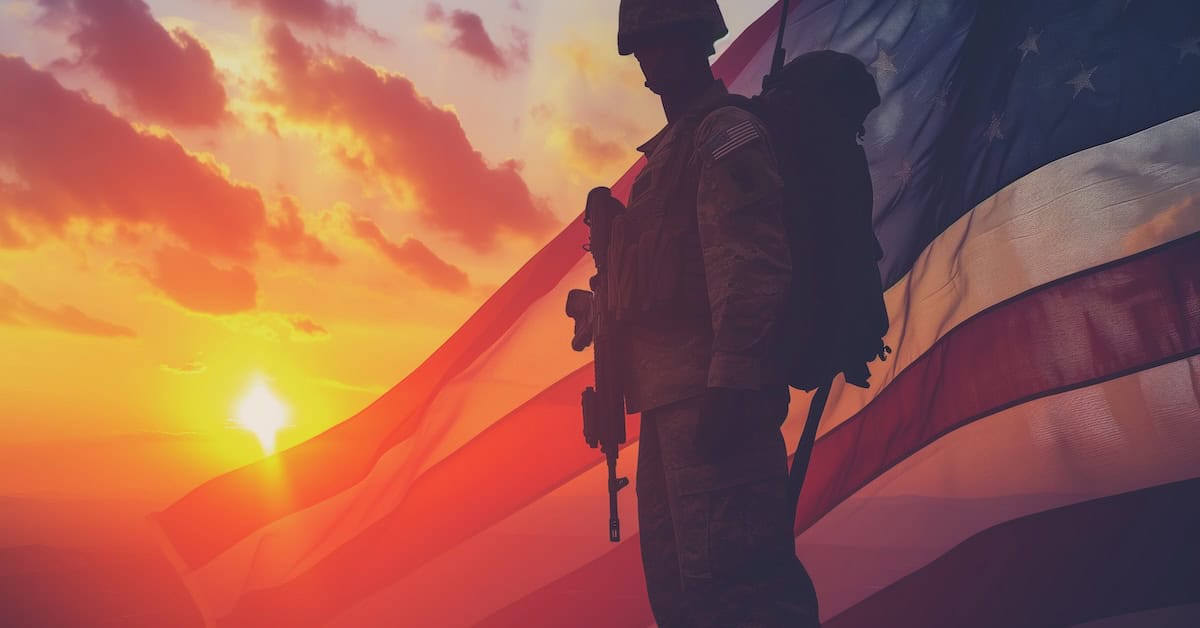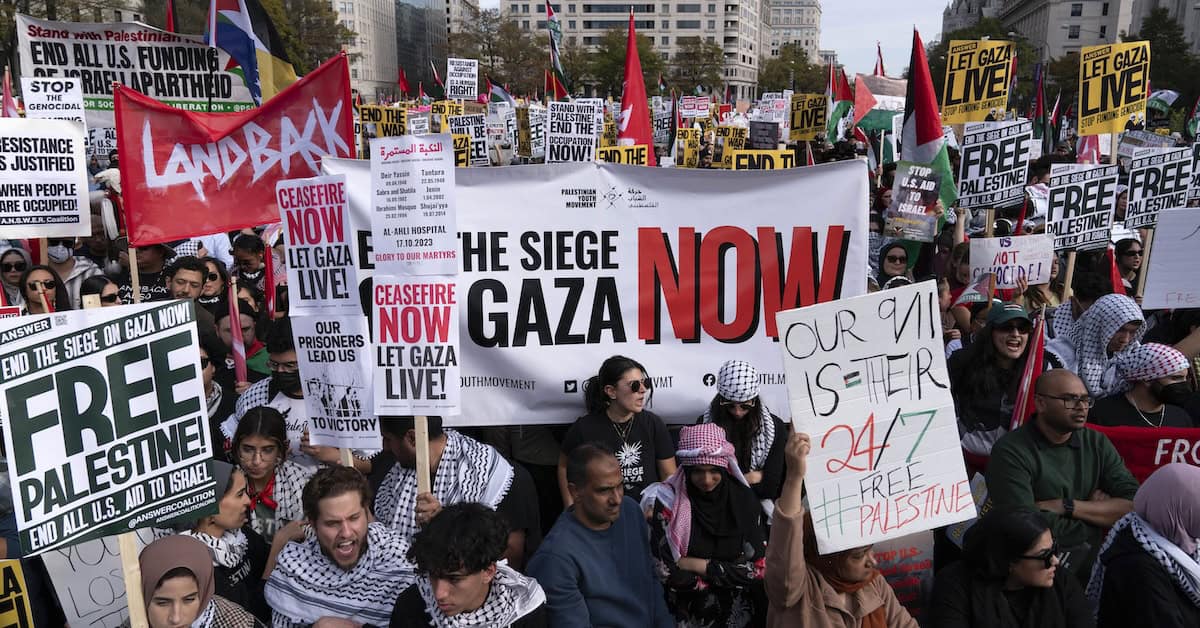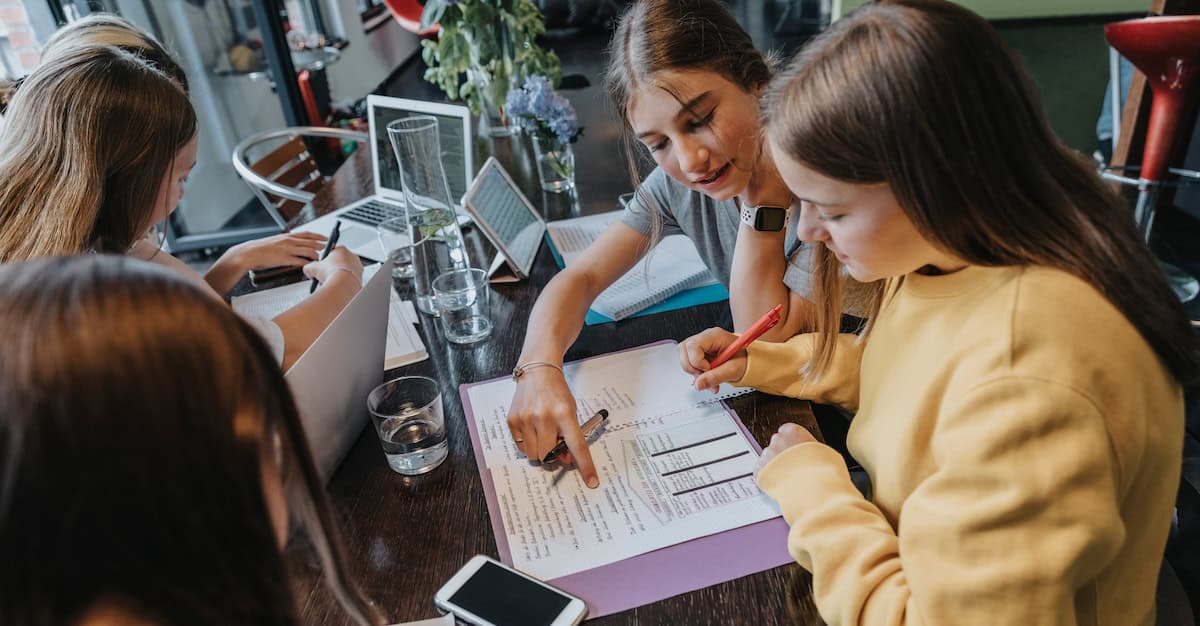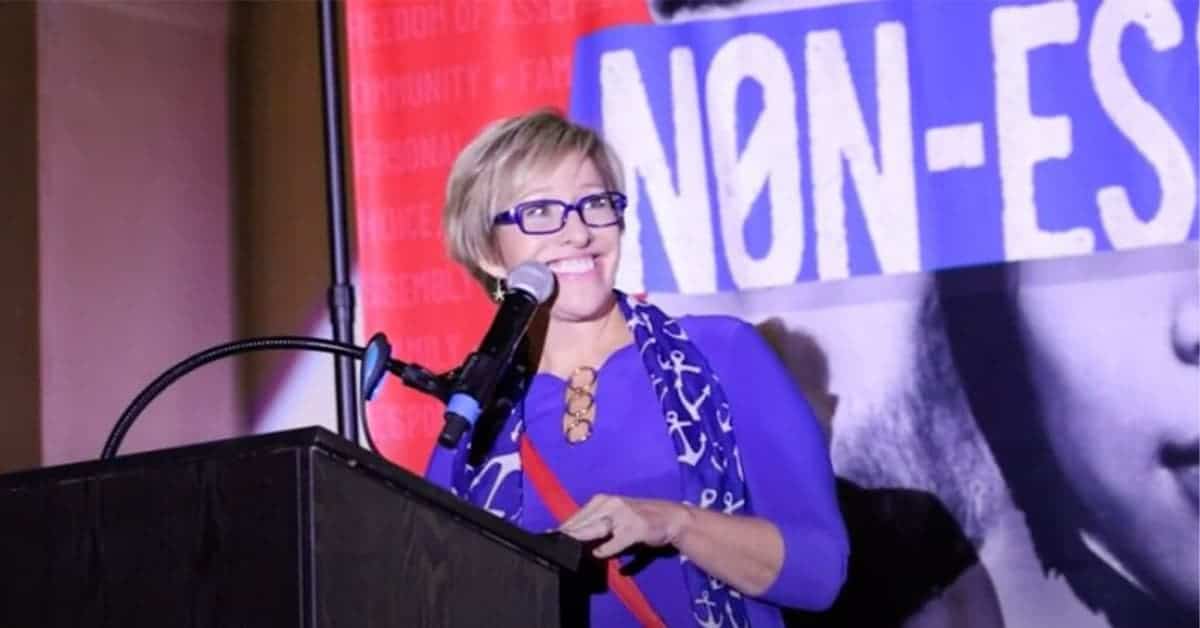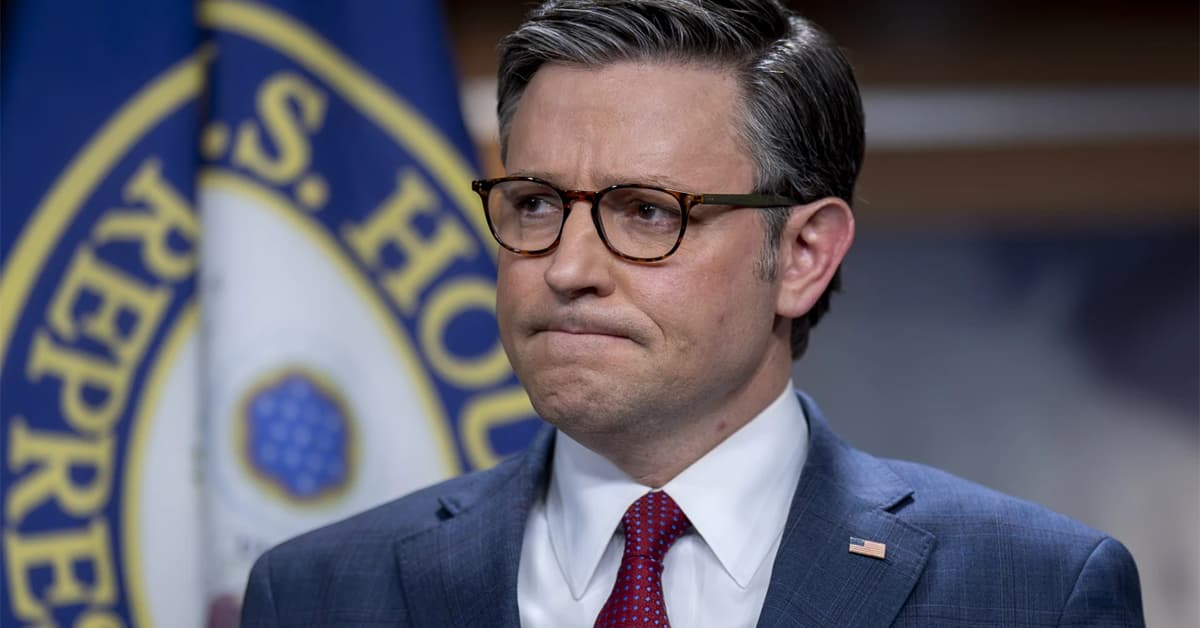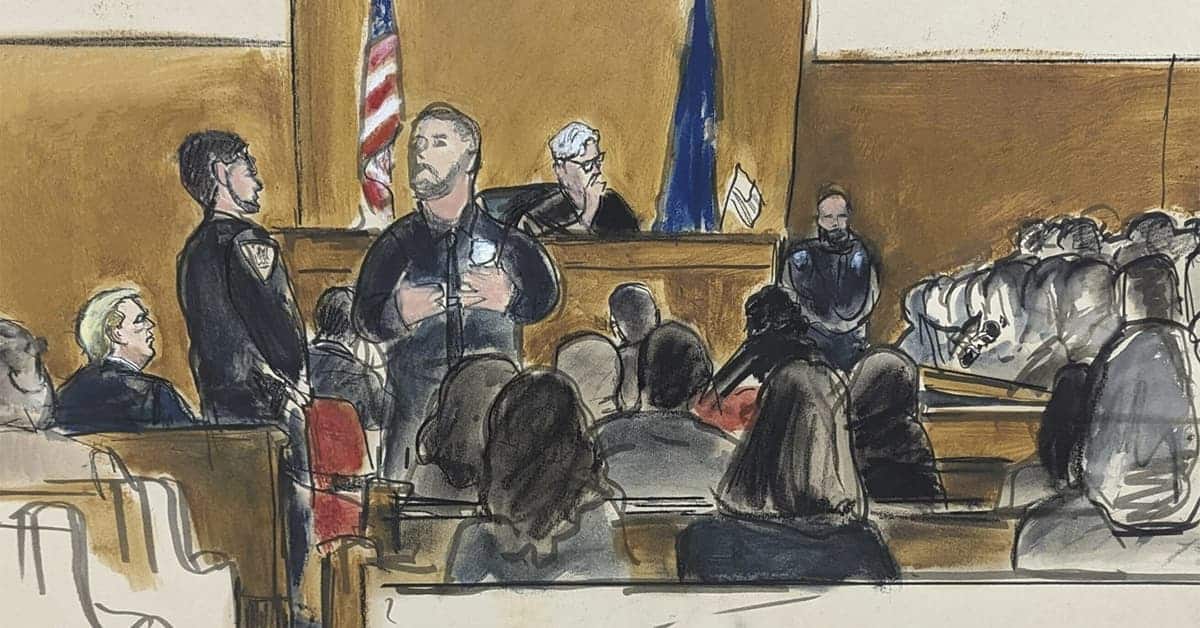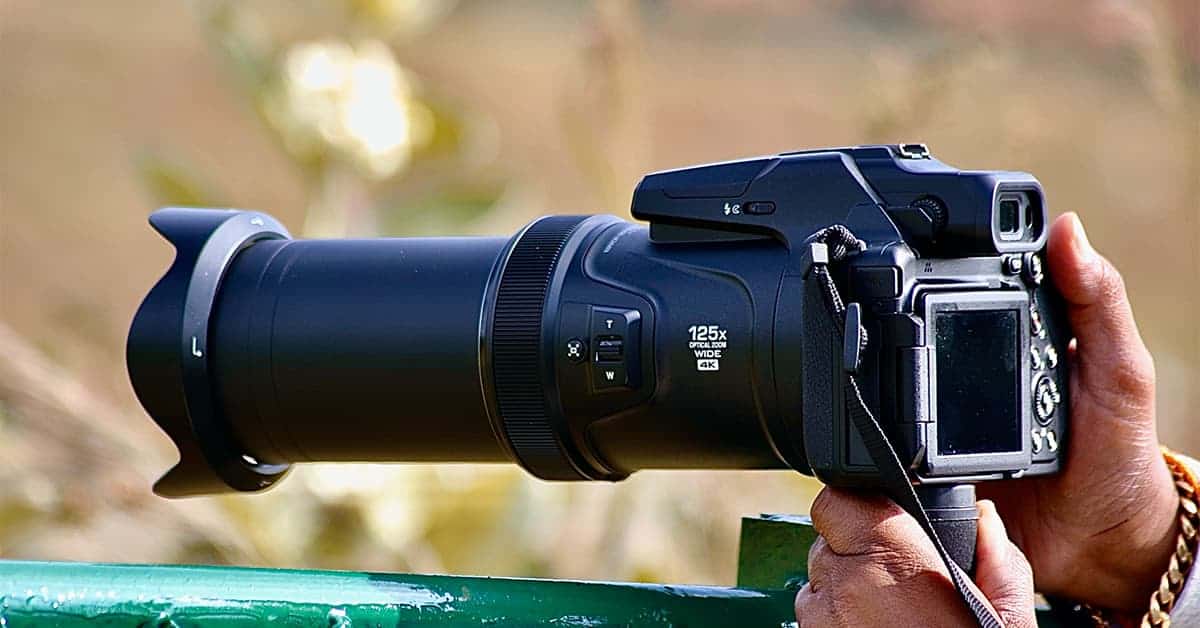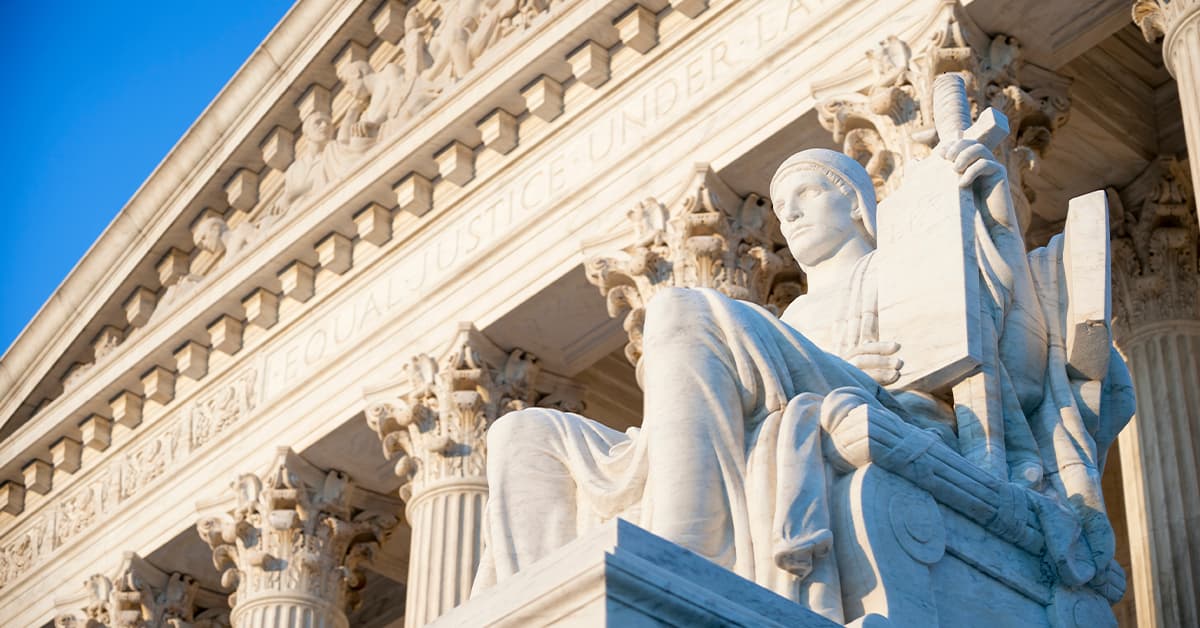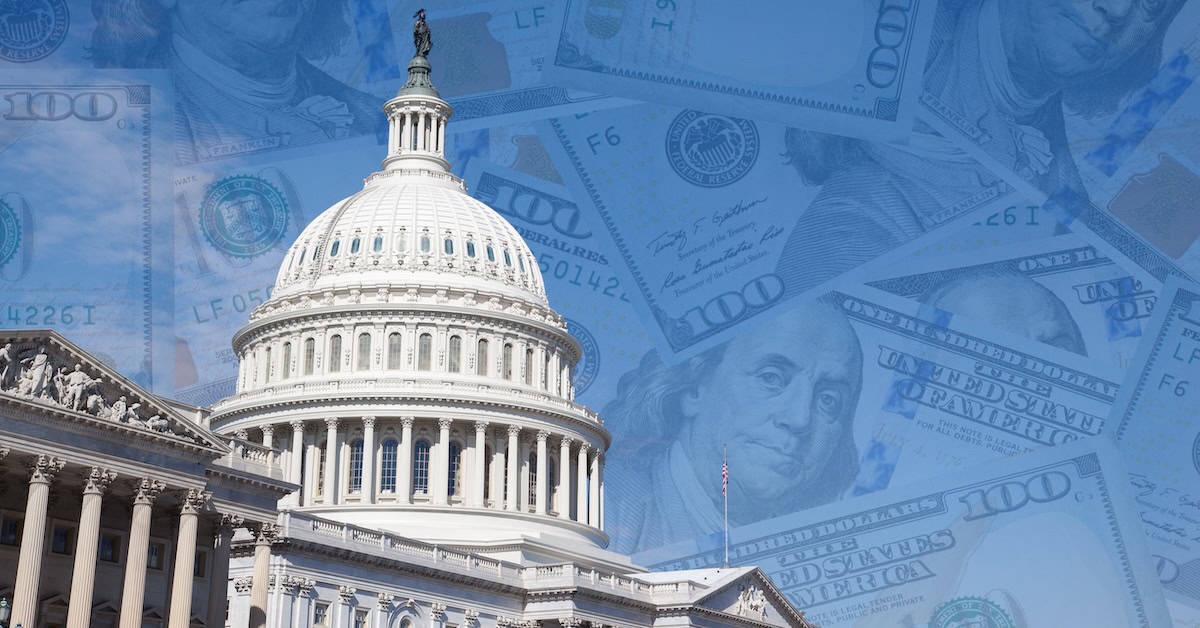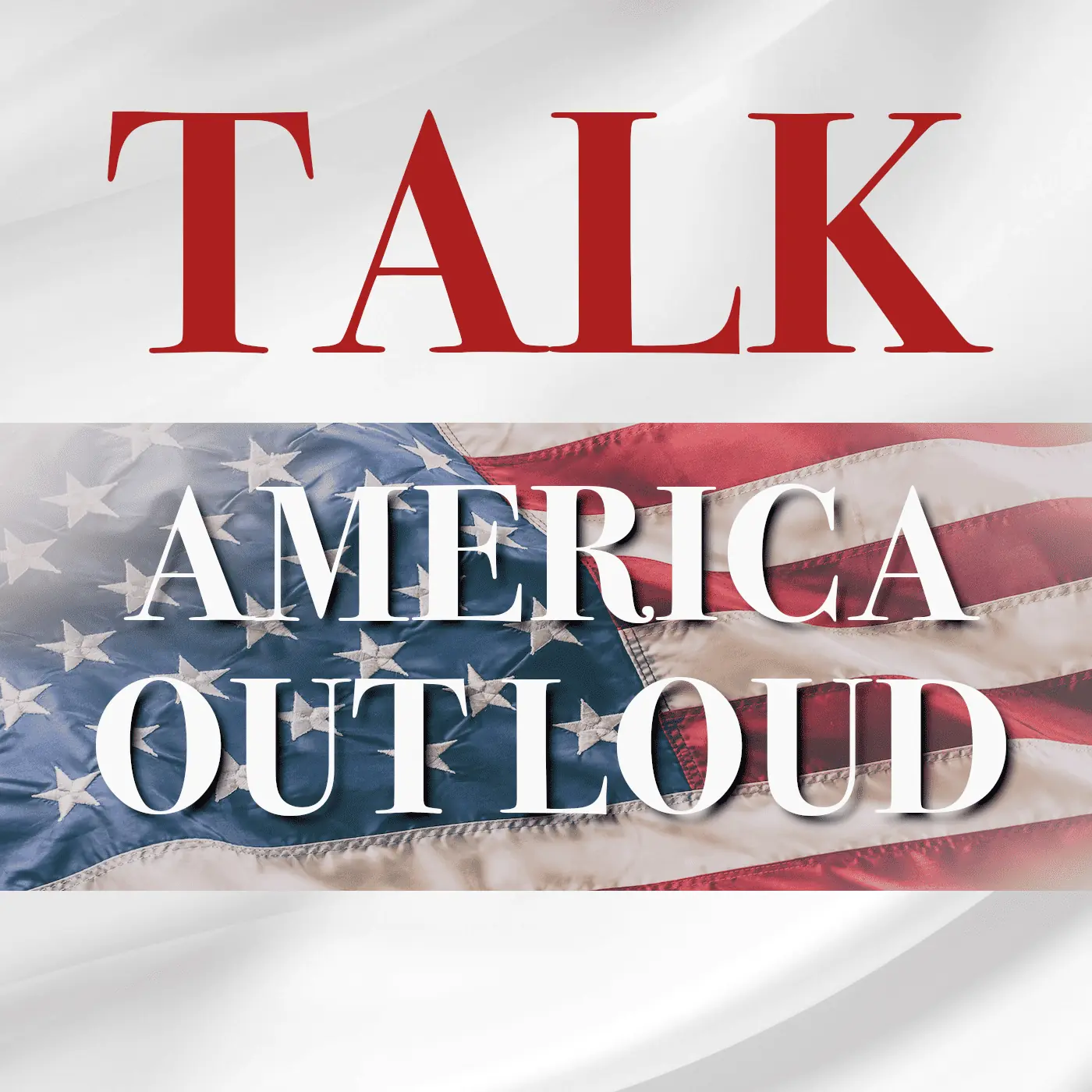The July 7, 2016 attack in Dallas left a lasting mark on the City of Dallas and its police force. This following interview gives some insight into the action of one of these hero’s, Marshall Milligan. As the anniversary of that attack has just passed, it is important that we always remember the fallen.
In this exclusive interview Dallas SWAT Officer Marshall Milligan provides an inside view into the ambush and police response at the July 07, 2016 protest shooting in the city of Dallas–the largest urban center of the fourth most populous metropolitan area in the U.S. On that tragic day a lunatic sniper armed with high-powered weaponry shot twelve Dallas officers, five fatally, and was lusting to kill many more officers before he was engaged, and ultimately killed in the El Centro College.
This interview is dedicated to the five heroic officers who lost their lives for wearing the uniform and protecting those protesting alleged police brutality.
Senior Cpl. Lorne Ahrens, Officer Michael Krol, Sgt. Michael Smith, Officer Brent Thompson, and Officer Patricio “Patrick” Zamarripa, may they rest in peace. We at NJ Blue Now stand in solidarity with our brothers and sisters in Dallas.
Q. Pangaro: Can you describe that terrible day your department was the victim of a terrorist attack?
A. Marshall Milligan: I responded to the downtown attack from my house. I was off duty and was not present during the initial ambush or the gun battle inside El Centro College. I arrived downtown shortly after the attack and observed officers taking cover behind vehicles and any other cover they could find. I stopped my vehicle several blocks away from El Centro College and began to proceed toward the building on foot with a couple of SWAT team members who had arrived on scene the same time I did. Shortly after starting on foot one of our APC’s which was responding to the scene picked me up and drove the rest of the way to El Centro College. I made my way inside the college and up to the second floor where four SWAT officers and a patrol officer had the suspect pinned down after engaging the suspect in a gunfight inside the college. I took up a position in the stairwell and help provide cover down the hallway where the suspect was located. I stayed in the stairwell trading off holding cover and operating a small robot that we placed outside the doorway to act as a sentry until the larger robot with the charge was driven near our position. After the charge was set off we moved back to the second floor and waited until we could verify the suspect was incapacitated.
Q. What was the biggest problem you saw for the offices responding to the event?
A. I found the radio traffic to be very hard to understand while I was responding to the scene. I was unsure of exactly where the suspect was located and really didn’t have a good idea of where to go until I spoke with officers that where already downtown.
Q. What worked that day for your officers?
A. The active shooter training and taking the fight to the suspect 100% changed the dynamic of that ambush. Once the patrol and SWAT officers entered El Centro College and engaged the suspect his attack on officers at the event was stopped.
Q. Is there any training you think could help better prepare a unit like yours as well as for police officers everywhere in the country?
A. More active shooter and ambush training. Also some courses on fighting in an urban environment. Having officers understand idea of fighting in small units.
Q. Do you think all American police officers should receive Ambush training?
A. Absolutely, with the increasing frequency of these attacks officers need to know how to properly respond and how to fight thru these attacks to stop any further violence.
Q. It is clear that American policing is facing many new threats, including foreign terrorists, home grown self-radicalized terrorists as well as other anti-police groups we have all seen in the news on a daily basis. What do you think police agencies across the country can do to prepare for these threats?
A. American policing needs more realistic and frequent training. The use of reality-based-training needs to be commonplace instead of an afterthought. Active shooter training needs to be incorporated in every department no matter the size. Agencies also need to equip their officers with the appropriate gear (rifles, plate carriers, helmets and medical equipment).
Q. The officers you lost during that attack on Dallas were great people; did you know any of them personally?
A. Yes, I worked patrol with Police Officer Michael Krol and Police Officer Patricio Zamarripa at the Southeast patrol division when I was assigned to 3rd watch.
Q. What do you think the most important lessons we can all learn from the experiences of the Dallas PD during that attack?
A. Agencies and officers need to do their best not become soft targets. We need to stay vigilante and ready to respond at all times. We should not give up our tactics and ability to fight because we are afraid to look bad in the political world. If we are unprepared to fight and protect ourselves how can we protect the public?
Q. How and why was the decision made to use an explosive device to end the attack?
A. I cannot speak for everyone on how and why the decision was made to use the robot to deliver the explosive device due to my position in the stairwell but while holding cover on the hallway we came up with the idea. We agreed that it was a good idea and from there I called my supervisor and advised him what we thought we should do. After the short phone call he said that they would work on it and shortly thereafter the supervisors advised us that we would attempt to deliver the explosive device to the suspect via the robot.
Q. Did you have any role in that operation?
A. Yes, after arriving at El Centro College I made my way up to the second floor of the college and took up a position inside the stairwell across from the hallway where the suspect was located. From there I help provide some relief to the guys who had engaged the suspect by rotating holding cover on the hallway and operating a smaller robot that was positioned outside the room we believed the suspect to be in.
Q. I know the cops I’ve spoken to all find that use of an explosive to end the attack was brilliant thinking in the middle of such a chaotic event. What type of robot was used?
A. We used our E.O.D. robot. I believe the model is an Andros Mark V. I can’t tell you all the particulars of the robot because I was still in the stairwell when the device was being assemble
Q. Have you or your unit trained used this equipment in the past or was this an on the fly plan?
A. Our SWAT team has a very similar large robot as the EOD unit however at the time our robot was not working. We have all trained using the robot however we have never used it as an offensive tool. We primarily use the robot as a search tool. The plan to use the robot to deliver the charge was made on the fly.
Q. Based on what we all saw on the news reports it did not seem likely that the terrorist who attacked your officers would have surrendered. Do you believe that the use of the explosive saved additional lives of cops and civilians?
A. I believe without a doubt that the main thing that saved lives that day was the heroism of the officers that initially entered El Centro College and took the fight to the suspect. Once the suspect was engaged his ability to kill more officers was decreased dramatically. The use of the explosives was also necessary because we had no other way to get to where the suspect had barricaded himself without putting more officers directly in harm’s way. This suspect was well armed with a rifle and a pistol and prepared to fight police for an extended period of time. The suspect stated that he had a first aid kit a camel back and food during negotiations.
Q. How have the people of Dallas responded to your agency since this event?
A. The citizens of Dallas have been more than supportive during this tragic event. Having a community that shows its support during this tragedy makes all the difference to the families of the officers and the officers that continue to serve the community.
Q. Your chief seems like a really great guy and a tremendous leader. Does it make a difference having a good leader during an event like this?
A. Absolutely it makes a difference. Our police officers have to know that the command staff will stand behind these tough decisions. Officers make the best decision they can with the information given and if the command staff doesn’t support these decisions then officers will be hesitant to make any decision.
Q. If you could speak to the officers across the country what would you say?
A. I think it’s time that we start taking training seriously. We need to get past the idea of only training the bare minimum of once or twice a year and possibly implementing serious quarterly training. Officers need to continue to evolve just like the bad guys do. We need to learn from what these terrorists are doing and develop new tactics to combat them.
Marshall Milligan is like many police officers across the nation, he found himself in terrible situation and responded as a professional. God bless the fallen and God bless the men and women of law enforcement.








